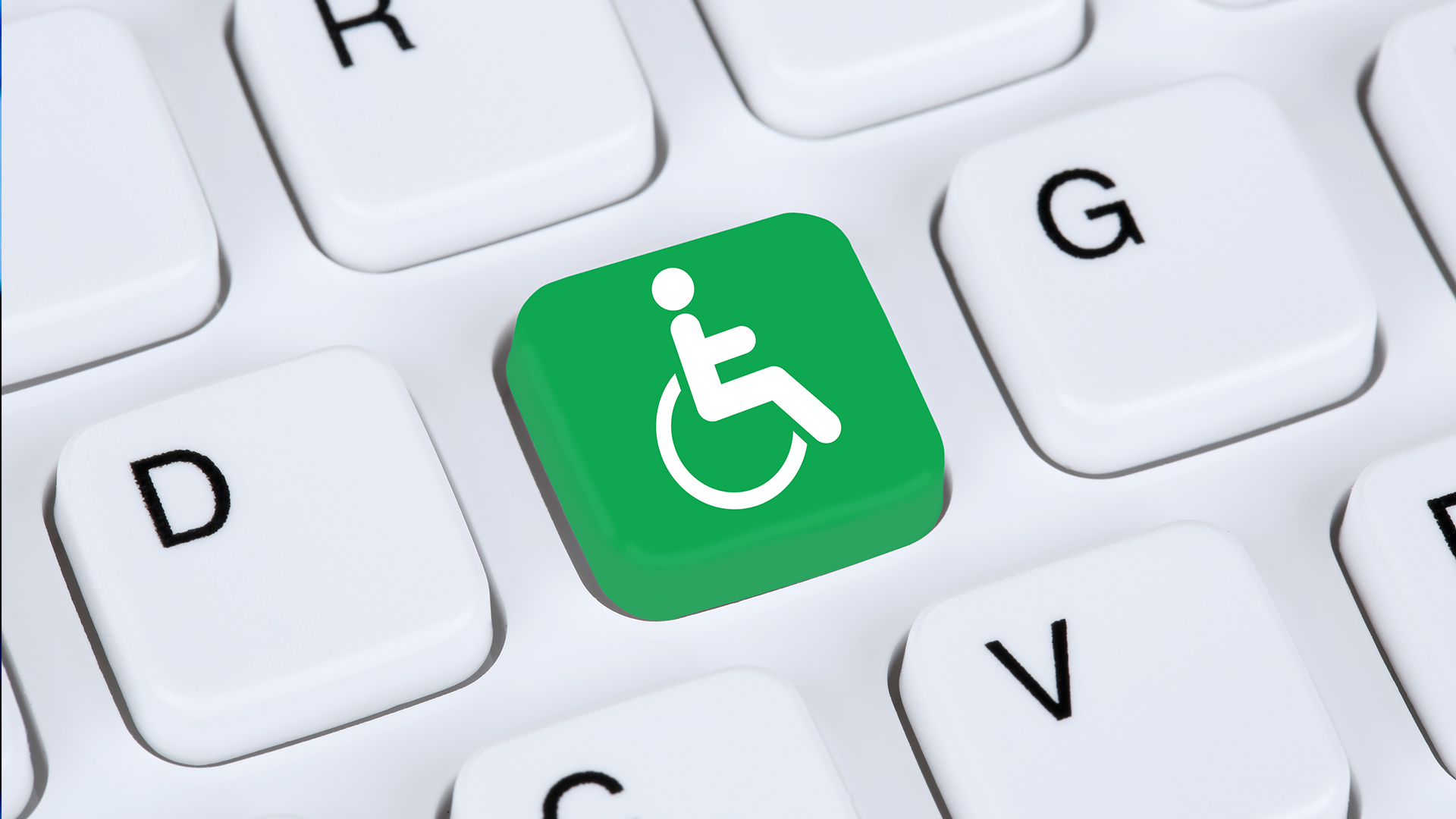Etusivu Trainings Software development Accessibility
Accessibility

- Agility and scrum
- Architecture
- Artificial intelligence (AI)
- Business development
- Business intelligence and data management
- Cloud services
- DevOps
- Information security
- IT infrastructure
- ITIL®, IT service management
- Leadership
- Marketing tools
- Microsoft 365 (Office)
- Project management
- Requirement specification
- Service design and processes
- Software development
- Software testing
Accessibility is a customer-centric digital service for every website and mobile app user. Everyone should have equal access to the information they need on the website and be able to use it to meet their own needs.
Accessibility means making websites accessible to as many people as possible. Accessibility means that everyone is treated equally and given equal opportunities, regardless of their abilities or circumstances.
The law on the provision of digital services, the Digital Services Act, is part of the Accessibility Directive imposed by the EU. The Act entered into force in April 2019 and covers public institutions, public services, and organizations. Some private sector companies also must comply with the directive, such as banks, insurance companies and companies providing transport services. The Accessibility Directive and its Digital Services Act must be complied with in all EU countries and by online shops operating within the EU by 2025 at the latest.
Whether you want to learn the basics or deepen your knowledge of the various aspects and requirements of accessibility, Tieturi’s courses will teach you about accessibility.
Accessibility of digital services
The design and implementation of an accessible digital service must consider three aspects of accessibility:
- Technical implementation
- Ease of use
- Comprehensibility
Technical implementation means that the service works well with a variety of terminals and assistive technologies, such as voice control and screen readers. The website follows the correct source code, is error-free and takes into account HTML standards and WCAG guidelines. WCAG stands for Web Content Accessibility Guidelines, which as its name suggests, provides a framework for creating accessible web content.
Ease of use means that the service is easy to navigate, pages are easy to find, and it is easy for the user to perform the desired function.
A website is understandable when it uses easy-to-read text. It is also made easier to understand when content is also provided, for example in the form of videos, images, and sound, in addition to text.
In Tieturi’s Accessibility for Designers and Developers course, you will learn to understand why certain things are required to make web services accessible and how to implement different elements in an accessible way, even at code level.
What kind of disabilities should be considered when developing accessible web services?
People with disabilities are as different as people without disabilities, and so are their disabilities. It is important to take into account that people with disabilities may not use the computer the same way as the developer of the web services. Different disabilities can affect the way users use services in diverse ways.
Visually impaired people
Visually impaired people include the blind, the partially sighted and the color-blind. Many visually impaired people use a screen magnifier, either a physical magnifier or a software zoom feature. Most browsers and operating systems today have zoom features. Some users use screen-reading software that reads digital text aloud.
Hearing impaired people
Deaf and hard-of-hearing people have mild to profound hearing loss. Although some use assistive devices, they are not common. Text alternatives must be provided to make them accessible. Videos should be captioned manually, and transcripts of audio content should be provided. Simplification of the text should also be considered.
Persons with reduced mobility
These people have a mobility disability which may be related to purely physical problems (such as loss of limbs or paralysis) or neurological/genetic disorders leading to limb weakness or loss of control. Some people may have difficulty making the precise hand movements needed to use a mouse, while others may have more severe disabilities, even paralysis to the extent that they need to use a head pointer to operate a computer. Such disability may also be due to old age rather than any disability or illness and may also be due to hardware limitations – some users may not have a mouse.
People with cognitive impairment
Cognitive impairment refers to a wide range of disabilities, from congenital cognitive impairments to older people who have difficulty maintaining thinking and memory. It also includes people with mental health problems such as depression and schizophrenia, and people with learning difficulties such as dyslexia and attention deficit hyperactivity disorder.
Importantly, although clinical definitions of cognitive impairment vary widely, people with cognitive impairment share common functional problems. These include difficulties understanding content, remembering how to perform tasks, and confusion caused by inconsistent web page layouts.
A good basis for accessibility for people with cognitive impairment is:
- Providing content in more than one way, e.g., text-to-speech or video
- Content that is easy to understand, such as text written in plain language
- Focusing attention on important content
- Minimizing distractions such as unnecessary content or advertising
- Consistent website layout and navigation
- Familiar, established elements, such as underlined links in blue when not used and in purple when used
- Breakdown of processes into logical, relevant steps with progress indicators Making website authentication as easy as possible without compromising security
- Making forms easy to use, for example by using clear error messages
Accessibility training
More employees are expected to have knowledge and skills in accessibility issues. Tieturi’s accessibility training sessions use examples, discussion and small exercises to go through the challenges and opportunities of accessibility and the requirements for each of its components.